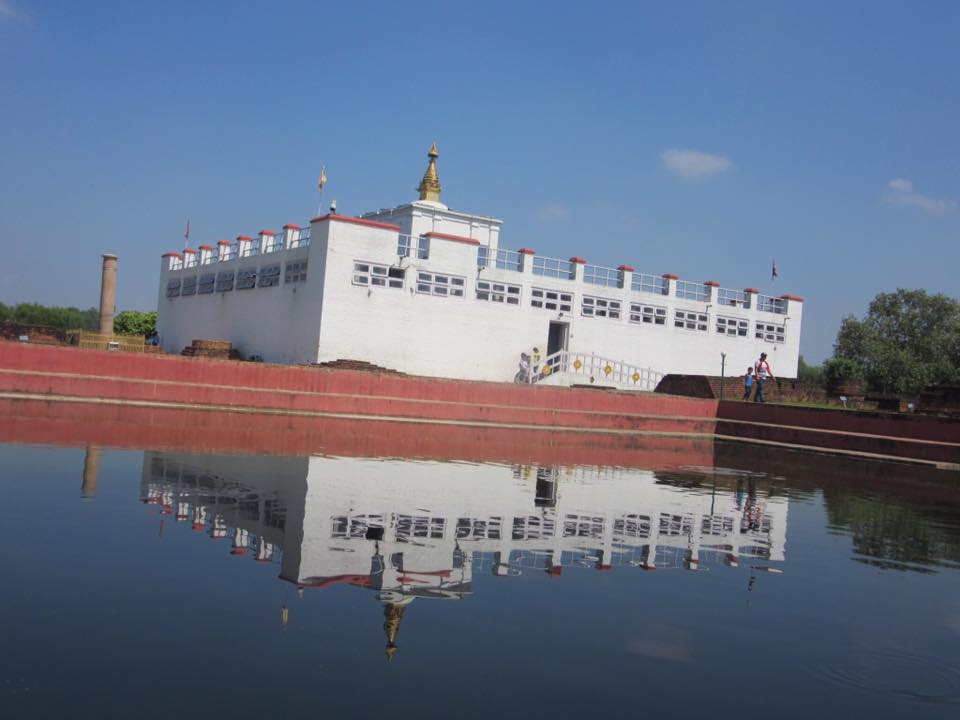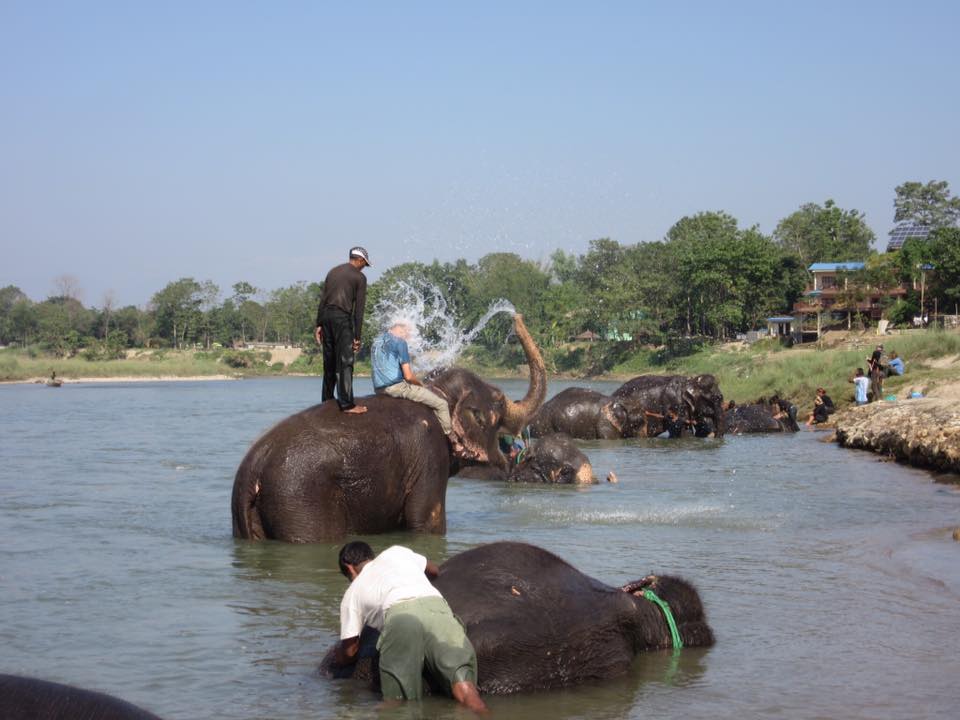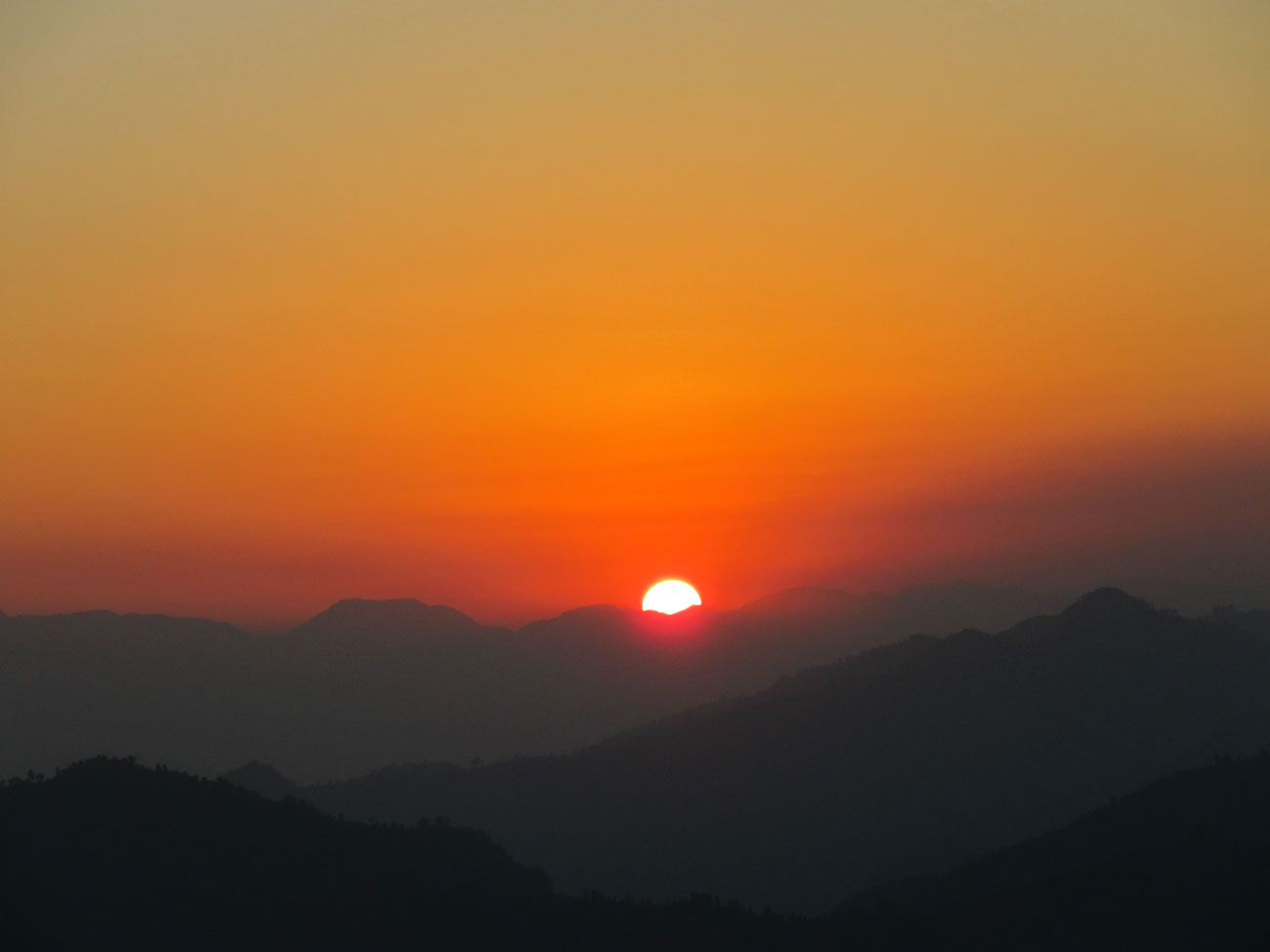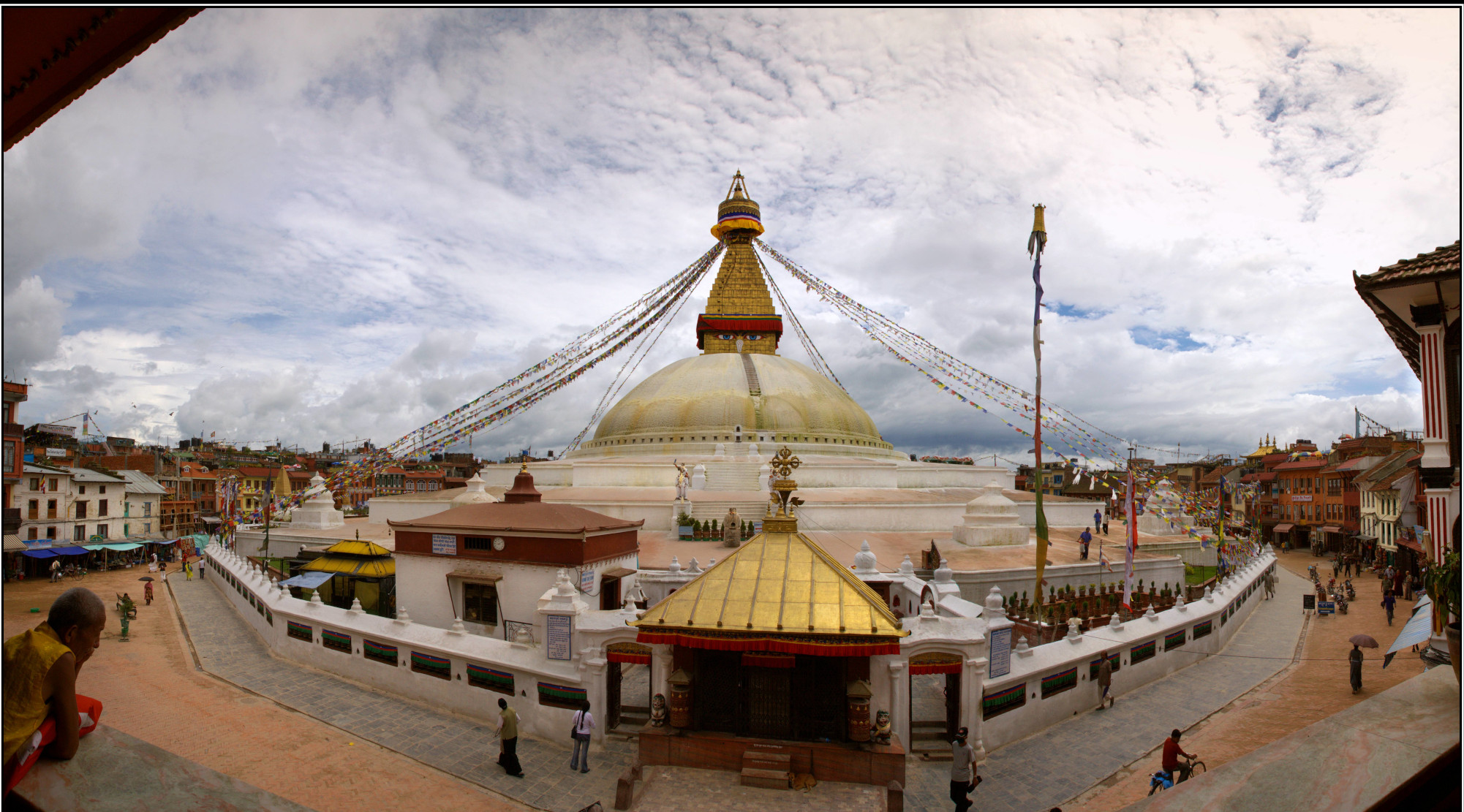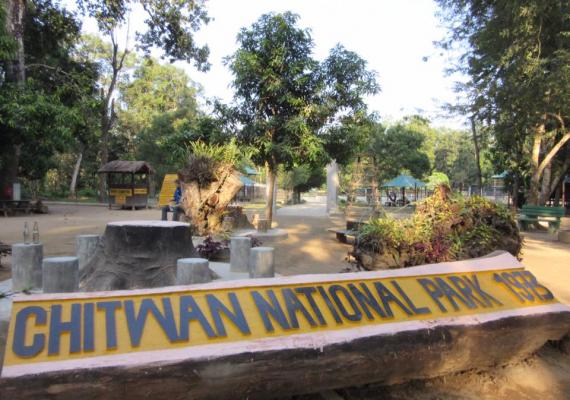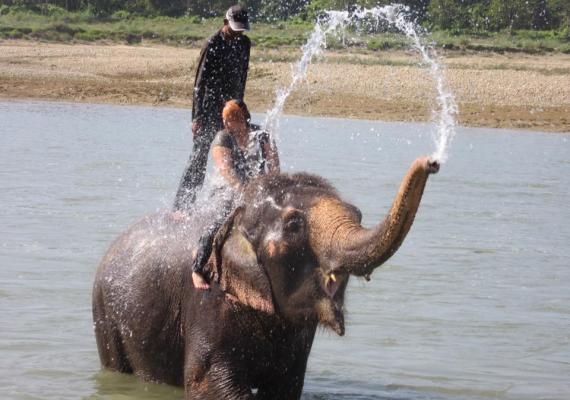Chitwan National park is located at the foot of the Himalayas.
Chitwan has a particularly rich flora and fauna and is home to one of the last populations of single-horned Asiatic rhinoceros and is also one of the last refuges of the Bengal Tiger. Chitwan National Park , established in 1973, was Nepal’s first National Park.
The Chitwan National Park is a world natural heritage property( UNESCO),and it also contains a Ramsar Site – Beeshazari Tal in its buffer zone. This National park has a history of over 3 decades in park management and a rich experience in resolving conflicts between the park and the people.
Situated in the Southern Central Terai of Nepal, it formerly extended over the foothills, the property covers an area of 93,200 hectares, extends over four districts: Chitwan, Nawalparasi, Parsa and Makwanpur district
The park is the last surviving example of the natural ecosystems of the ‘Terai’ region and covers subtropical lowland, wedged between two east-west river valleys at the base of the Siwalik range of the outer Himalayas. The core area lies between the Narayani (Gandak) and Rapti rivers to the north and the Reu River and Nepal-India international border in the south, over the Sumeswar and Churia hills, and from the Dawney hills west of the Narayani, and borders with Parsa Wildlife Reserve to the east. In 1996, an area of 75,000 hectares consisting of forests and private lands and surrounding the park was declared as a buffer zone. In 2003, Beeshazar and associated lakes within the buffer zone were designated as a wetland of international importance under the Ramsar Convention.
Wild life safari in Chitwan national park is not only adventure wildlife tour; it is also best option for your luxury and relaxation travel. You can enjoy holiday playing with elephant in the Rapti river (it is also called elephant bathing), observing tiny elephant in Elephant breeding center and yu can enjoy best view of sunset from Rapti river bank. Now in Chitwan developed various standards of resorts to attract tourists outside of the park. It is now Nepal’s one of the renowned holiday destination to see wildlife in nature. Himalayan Mentor offers comprehensive package to enjoy holiday at Chitwan National Park. Please let us know if you have seeking interest to wildlife in jungle we make your dream come true.
Flora & Fauna in Chitwan
Chitwan national park has consisted mix of tropical and subtropical jungles all together 600 different species of vegetations. Which is about 70 % covered by tall Sal Trees (Saurea Robusta) and 20% grasslands more than 50 different types of grasses including the elephant grass (Saccharum spp.) which grows up to 8m in height and rest of 10% different vegetations. The park is home for more than 50 different species of mammal, over 525 types of birds, 150 types of butterflies, and 55 different types of amphibians and reptiles and 126 types of fishes. The rare endangered are animals and birds found in the park - One horned rhinoceros, Royal Bengal Tiger. Wild Elephant, Leopard, Deer, Wild Beer, Wild Boar, four horned Antelope, Monkeys, Pangolin, Golden monitor lizard marsh mugger and gharial 2-types crocodile, Python etc more... and birds like peacock, Giant hornbill, Bengal florican, Lesser florican, king fisher, Black stork, White stork, Jungle fowl, Cormorants, Eagles, Vultures, Tailor bird, White Cap River Chat, Parrots etc and many kinds of endemic and exotic birds migrated from other place.
Best Time to Visit
The park has a range of climatic seasons each offering a unique experience. In Autumn October through February with average temperatures of 25oc offer an enjoyable climate. From March to June temperatures can reach as high as 43 degree celcius, the hot humid days give way to the monsoon season that typically lasts from late June until September, Rivers become flooded and roads are impossible.
In late January, local villagers are allowed to cut thatch grasses to meet their need, which offers a better viewing of wildlife to visitors. September, November, February and April, migratory birds join the residential birds and create spectacular bird watching opportunities. While the monsoon rains bring lush vegetation, most trees flower in late winter. The palash tree, known as the "flame of the forest" and silk cotton tree have spectacular crimson flowers that can be seen from a distance.
Chitwan National Park


